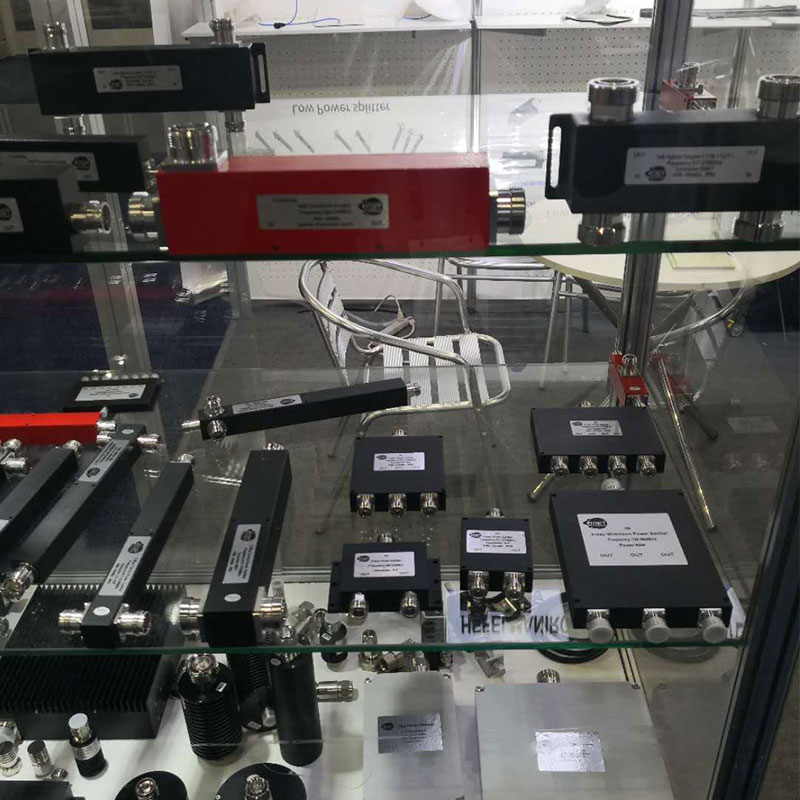Power splitter, also widely known as Power Divider, is a device that divides a radio frequency microwave input signal into any number of output signals and while doing so, it maintains the characteristic impedance of the input. They are widely used in labs, radar and communication systems and test instrumentation etc. They are categorized broadly into two- Resistive and Reactive.

Resistive Power Splitter
The characteristics of the resistive power splitters make it perfectly suitable for a few appliances and not so ideal for some. The units are generally smaller as they are made of lumped elements. They are extremely broadband, and it is the only type that operates DC onwards. Their power handling capacity is low. For applications where insertion loss and isolation are important factors, Resistive Power Splitters aren’t suitable because they have high loss and poor isolation. They are widely chosen for their simplicity as well. They are simple and can be made easily in a circuit and require minimal design and preparation. If the right resistors are used, and the construction is done right, the frequency response will be great. The Resistive Power Splitters are made from resistors and thus very cost-effective. The common form of resistive power splitter is the 3-way resistive splitter. They come in two configurations- the star format power splitter and the delta format power splitter.
Reactive Power Splitter
Reactive Power Splitters consist of single input and multiple (two or more) outputs. Those with an odd number of output ports are called as N way power splitters. They are ideally used for high power cellular applications. Reactive Power Splitters are constructed in two designs, either the Wilkinson design or the toroidal design. They have a non-symmetrical layout. They come in various for forms covering a range of frequencies. They come in different configurations like – in-phase, 180 degrees out of phase and 90 degrees out of phase etc. The main advantage of these units is that they are lossless. Because of this, they are generally used in fan-in or fan-out Radio Frequency signals. They usually have 20dB of port-to-port isolation between the combiner ports. Radio Frequency fan-in application usually want isolation between ports.
About Wilkinson Power Splitter in Brief
The first demonstration of this device was by Ernest Wilkinson who developed it in the 1960s. This device is an RF microwave device that is capable of splitting an input signal into equal phase and amplitude output signals. The Wilkinson Power Splitter‘s main feature is the high output port-to-port isolation. The unit is known for its simplicity, high degree of isolation, low loss, and cost-effectiveness. Some of its disadvantages are that is offers limited bandwidth, and the size can pose to be massive for some applications.
Do you have any questions ?
Call Us : +86 551 65329702